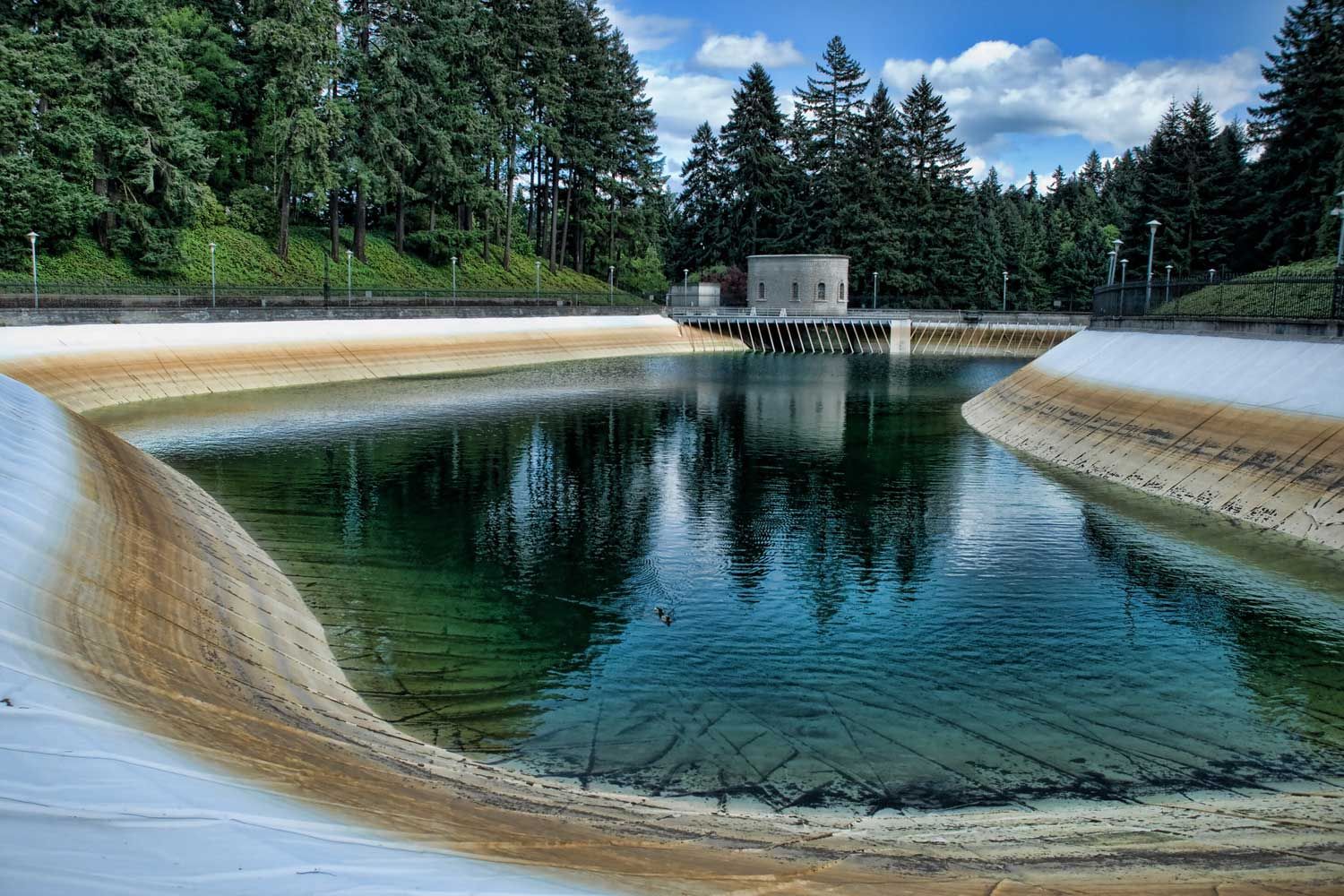RIO DE JANEIRO, BRAZIL – A report by the National Electric System Operator points out that in the Southeast and Center-West regions, the level of the reservoirs should reach 40% of capacity by the end of January. In the South, it should reach less than 35%.
Even with so much rain, some regions in Brazil live with the threat of water shortage.
The mayor’s office of Sorocaba, in the interior of São Paulo, announced on Wednesday (12) that the city will go back to having a rotation in water supply starting the following Monday (17). The measure should last 30 days.
The main reservoir that supplies the population reached only 18% of water volume in December 2021, considered critical. Currently, it has 26%.

The metropolitan region of Curitiba (PR) has been facing the rodízio for almost two years because of the long dry periods. Currently, the situation is more comfortable. The reservoirs are at 73% of capacity. Even so, the rotation will continue. It will only be suspended when the volume reaches 80%.
The National Electric System Operator (ONS) report, which monitors the situation of the country’s primary water sources, indicates that in the Southeast and Center-West regions, the level of the reservoirs should reach 40% of capacity by the end of January.
In the South, it should reach less than 35%. Only in the North and Northeast, the volume should exceed 70%.
In São Paulo, the National Center for Monitoring and Alert of National Disasters, Cemaden, monitors the reservoirs.
A dam in Franco da Rocha (SP) is part of the supply system of the São Paulo metropolitan region, where 22 million people live. On Wednesday, the volume of Cantareira is at 28.4%. And according to Cemaden’s projections, it should end the rainy season between 34% and 49%, which is not enough to face the months of drought.
Professor Pedro Côrtes from the Energy and Environment Institute of the University of São Paulo (USP) warns that the rains in some regions of Brazil allow a momentary relief. But this does not mean that the risk of water shortage is over. The situation is still critical.
The concessionaire informed that there is no risk of water shortage in the São Paulo metropolitan region. The projections indicate an increase in the level of the reservoirs in January and February.

